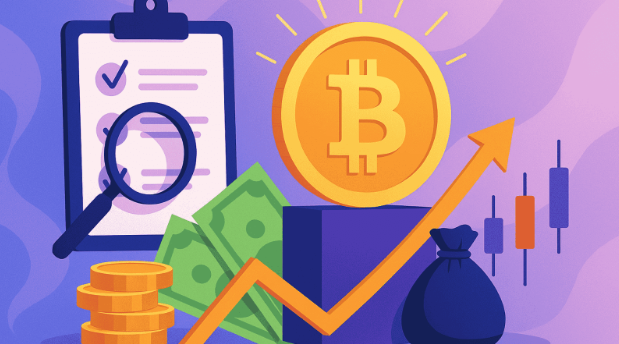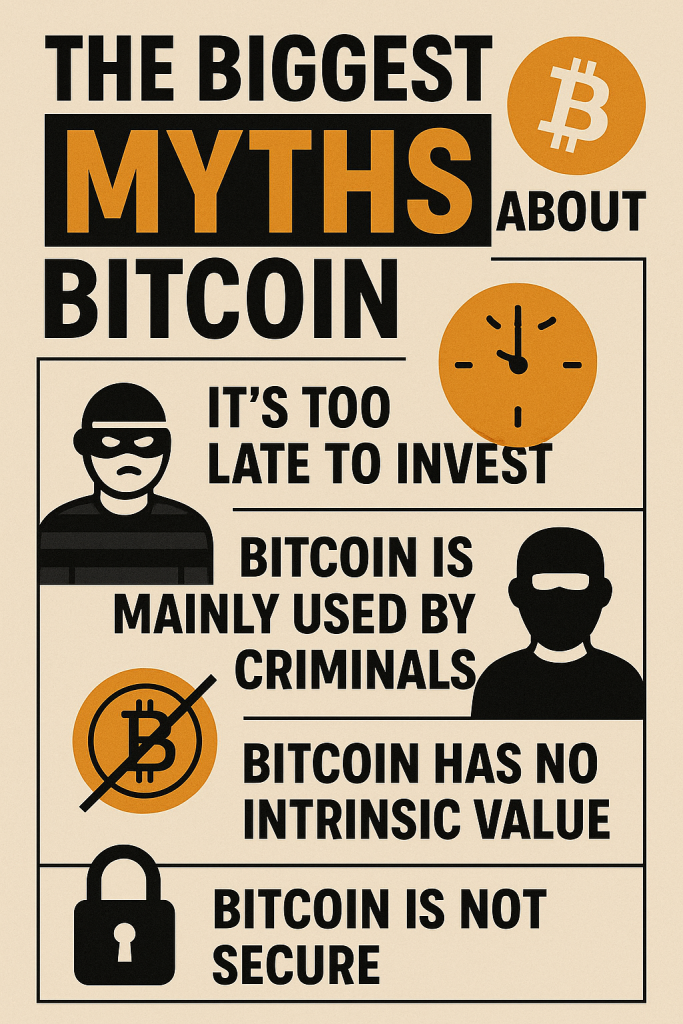
The Argument For Crypto Use As The Best In-Game Asset
Crypto has pushed digital play into a new stage where items can hold real weight. Old systems keep assets locked inside a single title. They stay there until the publisher says otherwise. Crypto-based items bring a different path. Players gain items that sit in their own wallets, not on a company server. This gives every item more meaning and helps players feel like what they earn or buy truly belongs to them. As more studios test this idea, the case for crypto as the best type of in-game asset grows stronger each year.
Why True Digital Ownership Matters
Crypto tech brings a perk that older setups never offered. Items tied to blockchains sit in wallets controlled by players. They stand on their own even if a game shuts down. This idea changes how people see digital goods. With this shift, players begin to treat items as lasting property rather than short-term rentals.
Crypto ownership means a sword, skin, or plot of land gains a presence that does not fade when a publisher flips a switch. It stays in place for as long as the holder keeps the wallet that stores it. This one change turns every purchase or earned reward into something with real staying power.
Many users also want smoother ways to manage wins and deposits across various sites. Those already wagering with crypto know that the best platforms offer fast transfers, privacy, and fast loading times, which help players move between games with less friction. These sites use tokens in a clear and steady way that proves how flexible this tech can be. The same idea fits games that hand out NFT items. When items live on a public chain rather than a closed server, they gain a life that goes far beyond a single title.
New Earning Power for Players
Money spent inside old-style games tends to stay locked in place. A rare costume or upgrade can cost a good amount, yet there is no clear way to sell it to another person. Many terms of service forbid it. Even if a player wants to exit the game, their items stay behind. Digital assets change this pattern.
Tokens and NFTs can be sold or traded in open markets. A player who earns a rare item can list it and gain real funds from the sale. This invites new habits. Earning bonuses in the game can net you assets that count in real life. Coins travel easily; just move them from one market to the next.
Speed also improves. Many older solutions force you to go through a card reader or a payment website, and you end up paying more while the money moves slowly. As crypto accelerates, sending cash overseas stops feeling like a chore; think of it as a quick swipe rather than a long queue.
Play-to-earn setups make room for income based on time spent clearing quests or winning battles. Though each game handles this idea in its own way, the key point is simple. Time and effort can turn into tokens that may rise or fall in value, but at least carry weight beyond the title itself.
Wider Use and Interoperability
Crypto items can grow more flexible than standard ones. Teams can design them so they work across more than one space. A skin gained in one title can appear in another title built on the same chain. This dream is not common today, but the idea keeps gaining interest. If it grows, people may build a collection that moves with them from place to place.
Tokens also hold code inside them, which makes crypto more secure. This means creators can add rules that stand forever. Some items pay a small fee back to the original creator each time they switch hands. Others can grant access to new modes deep inside the game’s setting. The way it works exceeds just owning it.
When finance solutions sit on a blockchain, they instantly present a richer menu of choices. People may lend a gadget, take a loan using an item as collateral, or co‑own it with friends. Though early, these tools may help rare items reach wider groups. They may also support new styles of play built around shared goals.
How Crypto Strengthens Communities
When players hold assets that last, they often care more about the health of the game. Some worlds even use tokens to help decide future updates. Holders can vote with the items they own. This makes players feel like they have a seat at the table.
Rare items also act as signs of status or skill. People enjoy showing off a rare skin or a hard-to-earn weapon. When you discover that the item truly matters, the sense of pride that follows expands, nudging you to appreciate it more. This builds tighter groups and sparks steady interest in events, drops, and long-term plans.
Risks That Need Attention
Crypto can boost your portfolio, but it also raises tough issues that shouldn’t be ignored. Coins and tokens swing in value on a regular basis. A limited-edition NFT could climb this week and plunge the next. When you spend real dollars, you should expect the price to move rather than stay flat.
The learning curve can also feel overwhelming. Wallet setup, seed phrases, and gas fees confuse many new users. Even a minor error, like sending crypto to an incorrect address, means you lose everything. You can’t dial a support line to undo those mistakes.
Yet another snag: teams that disappear once they’ve secured funding. You’ll hear lofty promises at the start, only to see scarce results. Players need to check teams, roadmaps, and past work before they trust a title with their money or their items.









